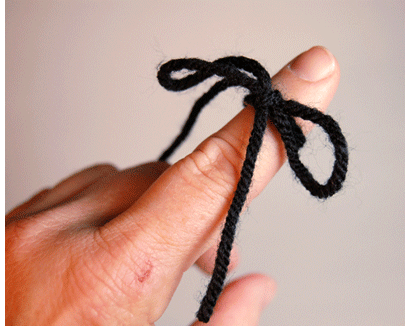
Well, what do we model about a person specifically? Remember that one of the key things that drive a person’s behaviour is the states that they experience.
People are successful primarily because they are in resourceful states. People perform the way they do because of the states they experience.
For example, if you wanted to model a powerful public speaker, it would be best to model that person’s state. So you too will feel the same level of confidence and power and are able to express yourself in an equally dynamic way.
If you wanted to model a very effective salesperson you know, you have to model that person’s state of confidence and charisma – both those winning states that enable him to wow and persuade his clients.
The way to do this is to model their physiology!
In other words, if you model the physiology of a person who is excellent in something, you would immediately tap into that person’s powerful state. Not only that, but done effectively, you could even tap into that person’s internal re-presentation!
So how do you do this?
Well, first identify a person who is excellent in a particular skill or behaviour that you want to exhibit.
For example, this person could be a dynamic public speaker, salesperson, decision maker or communicator.
Next, observe keenly, how this person speaks (their tone of voice), how this person moves, their facial expression, the way this person breathes, the focus of their eyes and their gestures.
What you then do is to imagine that you step into the body of this person. Yes! You imagine that you become this person! So the next time you have to go on stage to deliver a speech, you model that person’s physiology exactly!
You speak the way they speak, move the way they move, adopt the same body postures and gestures. If you do this you would access the same powerful states that person experiences as well as produce the same behavioural results!
In fact, we used to do this when we were kids. We called this play-acting. And this is how children learn to form their personal behaviours, by observing and unconsciously modelling the adults around them.
When you were a kid, didn’t you pretend to be an action star or a movie star? Did you ever imagine yourself to be Superman, WonderWoman Rambo or James Bond?
You imagined that you were one or more of them and started acting like them, using their ‘props’ (imaginary weapons), even going so far as to dress like them?
What we don’t realize is that we were modelling patterns of excellence (or otherwise!) in people whom we admired.
Unfortunately, we were told that it was childish and that we were being silly. Hence one of the most natural powerful skills of our early learning never continued to be developed and utilized in adult life.
A fundamental principle is that we all have the same neurology. Therefore, if it is possible for others, it is possible for you! It is only a question of strategy. In other words, by modelling someone’s strategy, you can replicate the results they produce.